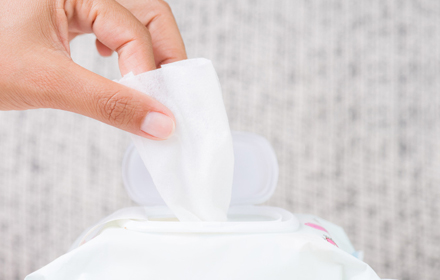Spunlace is an excellent nonwoven fabric. It has several merits compared to other fabrics like silk or wool because it is extremely durable and good to look at. The material is made from strong non-woven polyester yarn that contains a superior level of thread count per square inch. The spunlace was invented in 1984 by Yifang Feng and Hong Kong's Yiping Kaikai. In fact, spunlace was used for the first time as an alternative to traditional silk thread during the early days.
Spunlace is basically a high-precision hand-twisted fabric, based mainly on the tying by hand of carded fine web through water jets. The hydroentraced bonding technique is a method by which water is released under high tension and high velocity from tightly-attached nozzles onto an evenly-spaced web of loosely-capped fibers. This results in the production of a fine and strong yarn with high thread counts per square inch. Due to the very fine and high-quality yarn and the high-speed production process, spunlace's fiber characteristics are virtually indistinguishable from natural fiber.

Spunlaces are available in different colors, patterns, dyes and textures, and can be woven using any number of threads. Because of their excellent and unique properties, spunlaces are extensively used in apparel industry. They are most frequently used as staple fibers and fastener/binding products, such as rubber stamps, zipper pulls, shoe laces, zippers, panty hose, and other fasteners. Another major use of spunlace is in manufacturing. Some popular nonwoven fabric products include shawls, scarves, throws, baby blankets, baby booties, sweaters, shirts, and ties among others.
Air-Laid Paper Nonwoven Fabrics are made from a wood pulp, gums and printing processes similar to that of paper. Air-Laid papers have high moisture absorption and heat resistance, which makes them ideal for use in industrial and outdoor applications where moisture-conserving materials are needed. These fabrics are also used in conjunction with other materials for applications where weight or volume is an issue. Examples of air-layered fabrics are paper towels, light athletic garments, and garments for outdoor activities like tents, boat covers, and camp equipment.
Nonwoven Fabrics are commonly woven, coated, and fastened together. The different types of nonwoven fabrics include apparel fabrics, automotive, office, marine, residential, construction and safety, decorative, and medical grade. The most common application is in apparel. Apparel can be classified into three types - regular fabrics, dress and casual shirts, and athletic wear. Dress shirts are composed of one or more staple fibers bonded to a supporting core. Casual shirts are composed of one or more specialty fibers bonded to a backing and are quite popular as street wear.